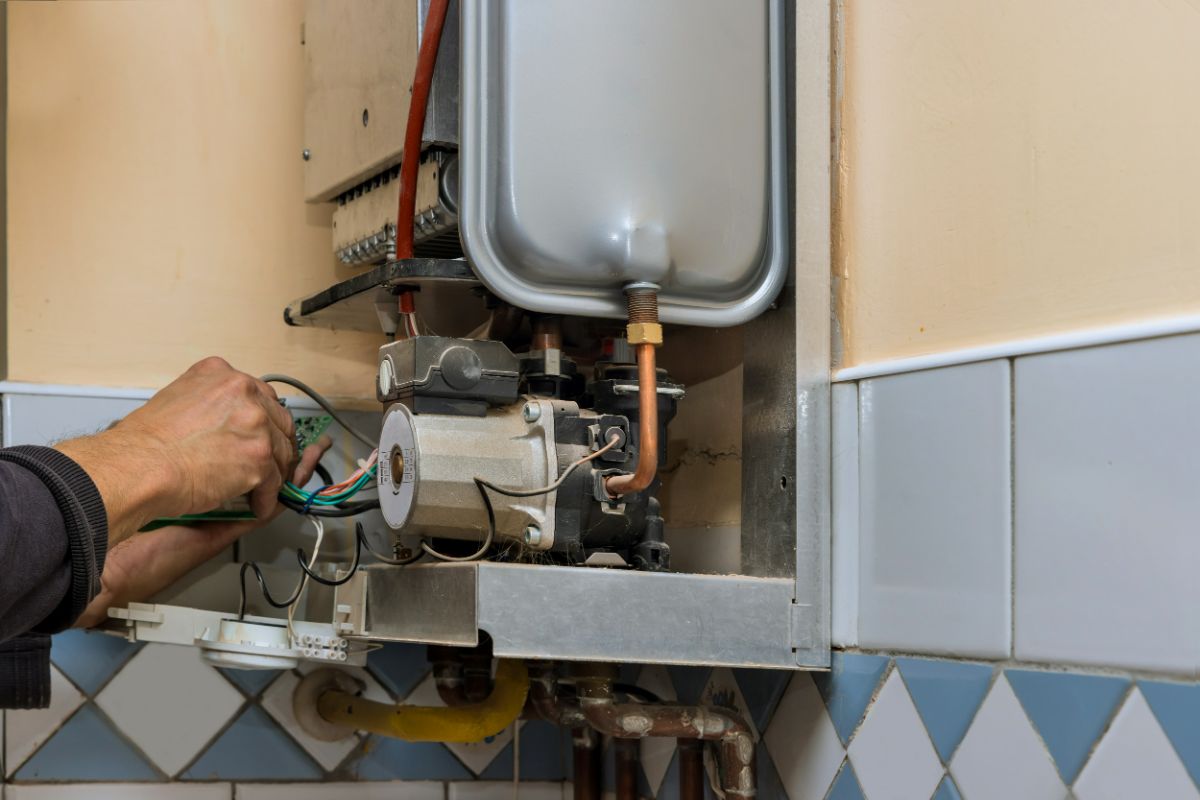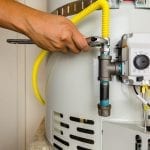Here down the page you will find a lot of exceptional insight all about How to Maintain Your Water Heater & Prolong its Life.

Warm water is vital for everyday comfort, whether it's for a revitalizing shower or washing meals. To guarantee your warm water system runs effectively and lasts much longer, normal upkeep is essential. This post gives practical suggestions and insights on exactly how to keep your home's hot water system to prevent disturbances and costly repair services.
Intro
Maintaining your home's hot water system could seem complicated, yet with a couple of simple steps, you can ensure it runs efficiently for years to find. This guide covers whatever from recognizing your warm water system to DIY maintenance tips and understanding when to call specialist help.
Significance of Preserving Your Hot Water System
Routine maintenance not just expands the life-span of your warm water system yet additionally guarantees it operates efficiently. Overlooking upkeep can cause lowered performance, greater energy bills, and even early failure of the system.
Indications Your Hot Water System Needs Maintenance
Recognizing when your warm water system requires attention can stop major problems. Look out for indications such as inconsistent water temperature, odd sounds from the heating system, or rustic water.
Flushing the Water Heater
Flushing your water heater eliminates sediment buildup, boosting performance and extending its life.
Monitoring and Replacing Anode Rods
Anode poles stop rust inside the tank. Inspecting and changing them when broken is critical.
Complex Problems Requiring Professional Assistance
Examples consist of major leakages, electrical problems, or if your hot water heater is regularly underperforming.
Regular Expert Maintenance Conveniences
Expert maintenance can consist of extensive evaluations, tune-ups, and making certain compliance with safety criteria.
Examining and Adjusting Temperature Level Settings
Readjusting the temperature setups guarantees optimum performance and safety.
Do It Yourself Tips for Maintenance
You can execute several upkeep tasks on your own to keep your warm water system in top problem.
Checking for Leakages
Routinely evaluate pipes and links for leaks, as these can cause water damages and higher costs.
Understanding Your Warm Water System
Prior to diving into upkeep tasks, it's handy to understand the standard components of your warm water system. Generally, this consists of the water heater itself, pipelines, anode poles, and temperature controls.
Month-to-month Maintenance Tasks
Routine month-to-month checks can help capture minor problems prior to they escalate.
Checking Pressure Alleviation Valves
Checking the stress relief valve guarantees it functions appropriately and protects against extreme stress build-up.
Protecting Pipes
Insulating warm water pipes reduces warm loss and can save energy.
When to Call a Specialist
While DIY upkeep is beneficial, some concerns need expert competence.
Final thought
Regular upkeep of your home's warm water system is important for performance, durability, and cost savings. By following these tips and knowing when to look for professional assistance, you can guarantee a trusted supply of hot water without unexpected disruptions.
Water Heater Maintenance Tips
Test the TPR Valve
Shut off the power and the cold-water supply valve. Place a bucket under the pipe connected to the temperature-pressure-release (TPR) valve on the top or side of the tank. (This valve opens if the tank pressure gets too high.) Lift the valve’s tab to let some water out, then let go. If water keeps flowing, drain the tank partway, unscrew the old valve with a pipe wrench, and install a new one. Check the Anode Rod
Put a hose to the tank’s drain cock and let out a few gallons of water. Now fit a 1 1/16-inch socket onto the rod’s hex head on top of the heater (or under its top plate) and unscrew the rod. If it’s less than ½ inch thick or coated with calcium, buy a new one, wrap its threads with Teflon tape, put it back in the tank, and tighten securely. Use this segmented rod if headroom above the tank is limited. Drain the Tank and Wash Out Sediment
Drain the remaining water in the tank into the bucket, then stir up the sediment on the tank’s bottom by briefly opening the cold-water supply valve. Drain and repeat until clean water comes out of the hose. Close the drain cock, refill the tank, and turn its power back on. Adjust the Temperature
Find the temperature dial on the side of the tank and unscrew its cover. Adjust the dial to 120 degrees using a flathead screwdriver. For every 10 degrees the temperature is lowered, you can expect to save up to 5 percent in energy costs. Turn the water heater off or the thermostat down to its lowest setting if you plan to be away from home for more than three days. Insulate the Pipes
Buy some self-sticking 3/8-inch-thick foam pipe insulation that matches the pipes’ diameter. Slide the foam over the hot-and cold-water pipes as far as you can reach. Insulating the cold-water pipe prevents condensation in summer. Peel the tape and squeeze the insulation closed. If the pipe is 6 inches or less from the flue, cover it with 1-inch-thick unfaced fiberglass pipe wrap. https://www.thisoldhouse.com/plumbing/21016402/how-to-maintain-a-water-heater

I recently found that write up on Tips on Maintaining a Water Heater while browsing the internet. Appreciated our blog posting? Please quickly share it. Help other people check it out. Many thanks for your time. Return soon.
Book Today